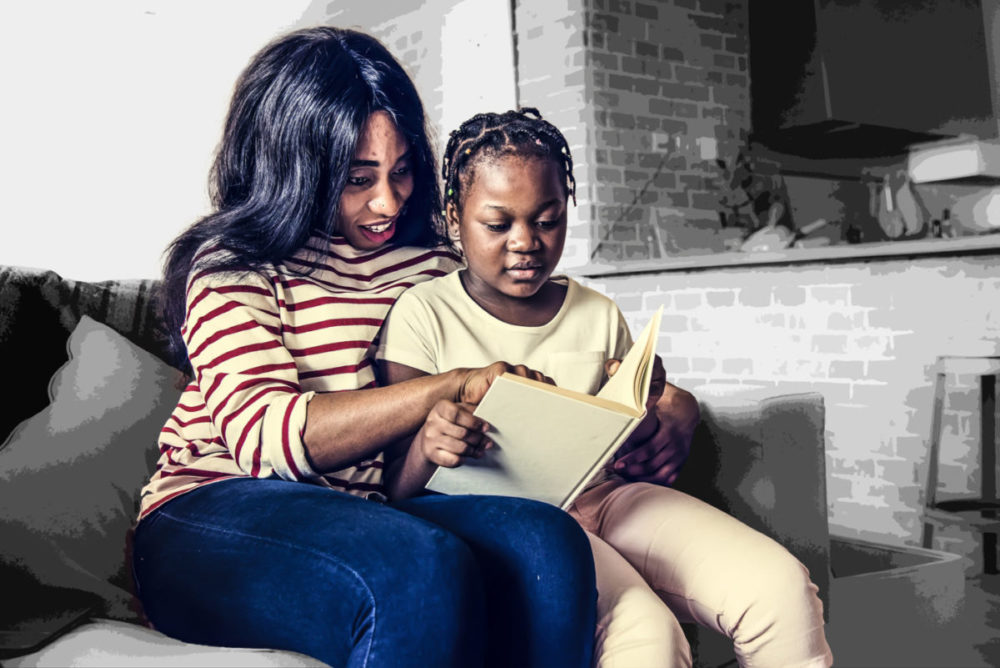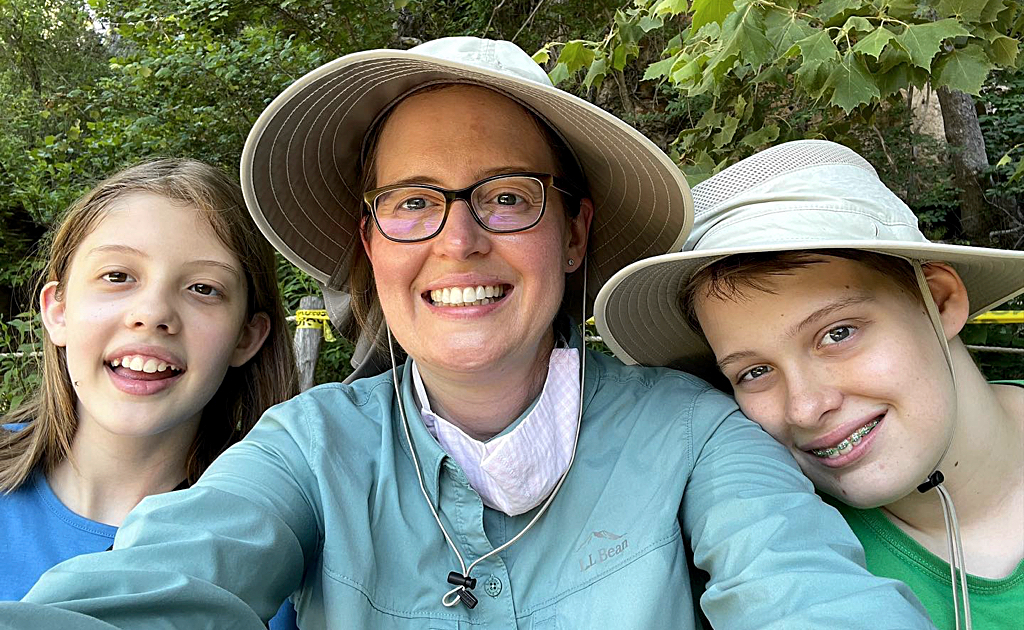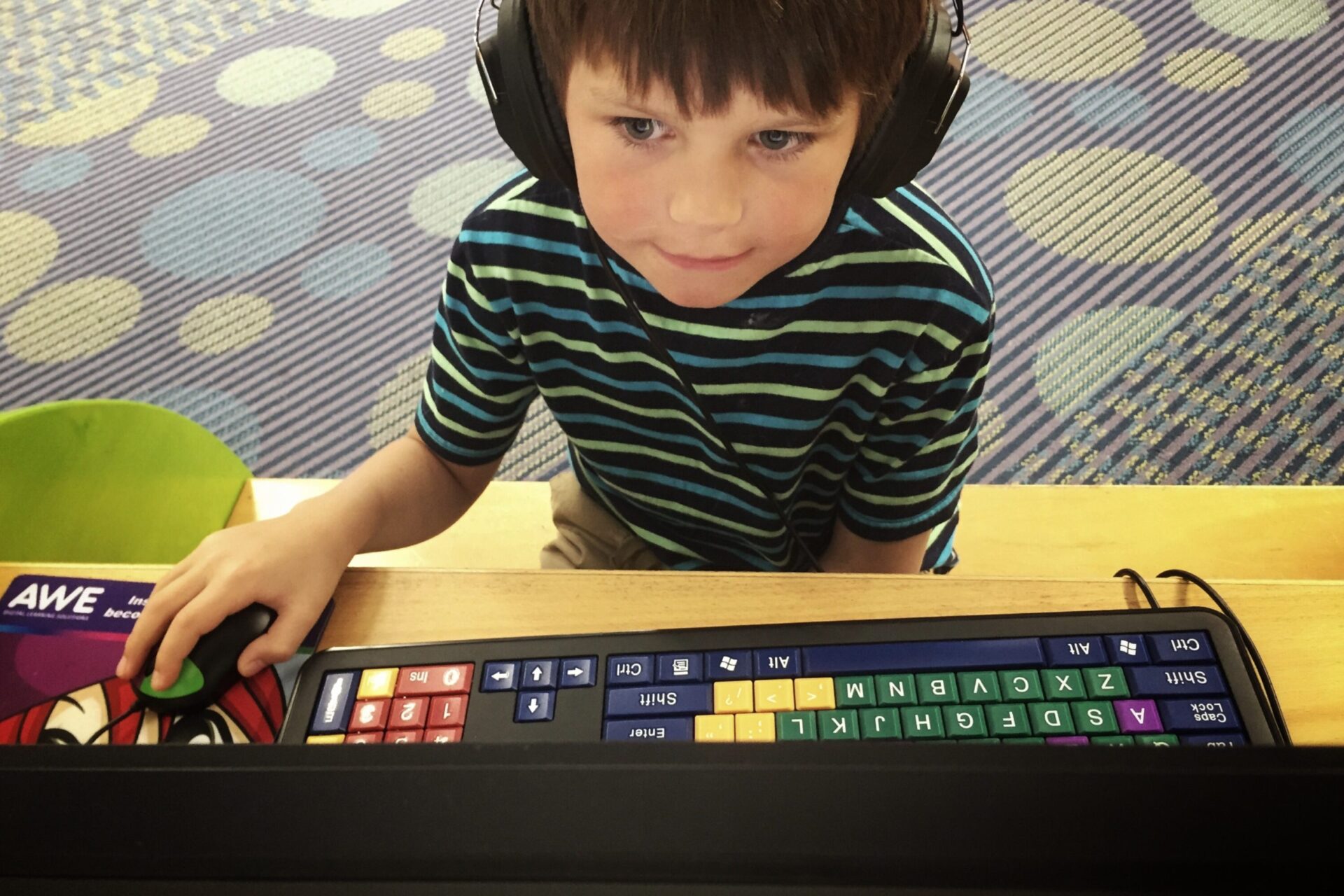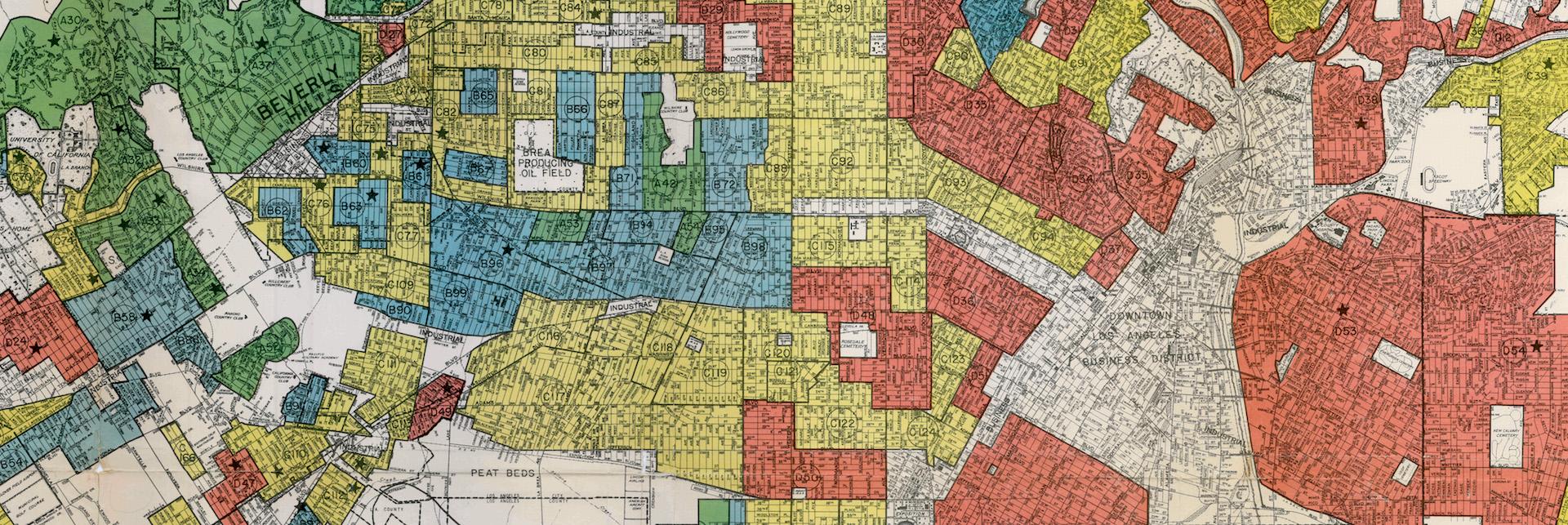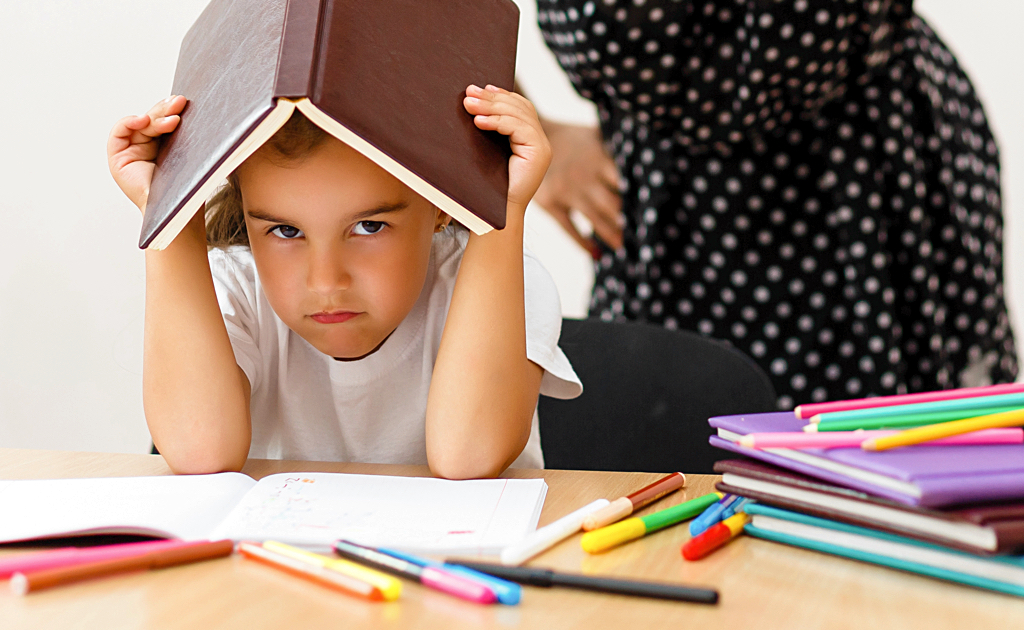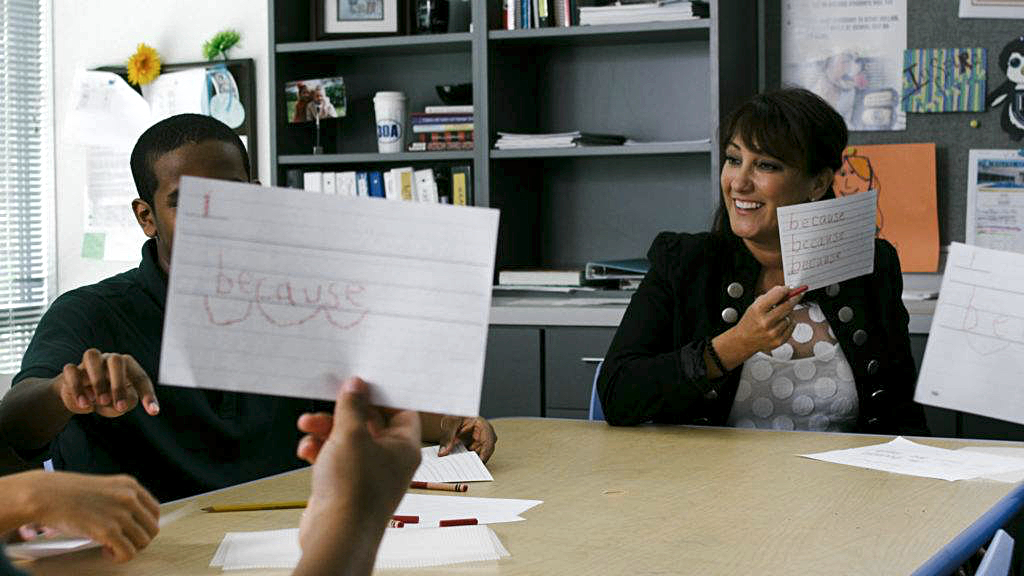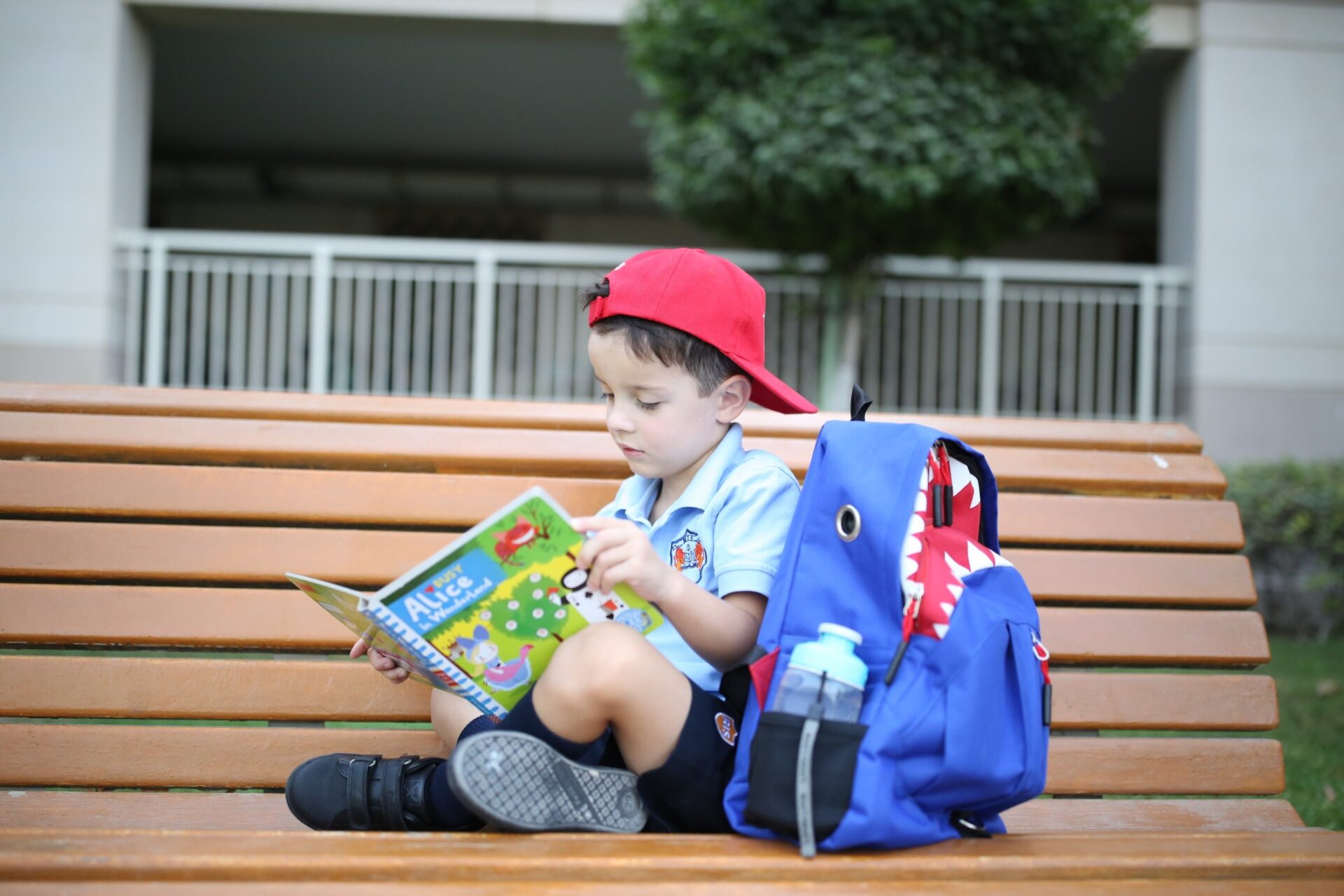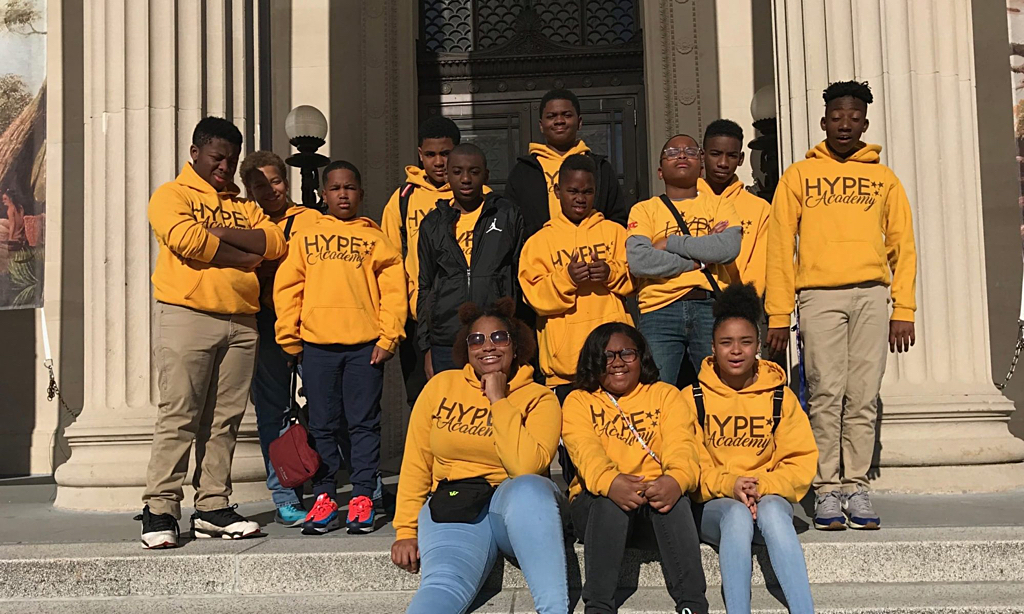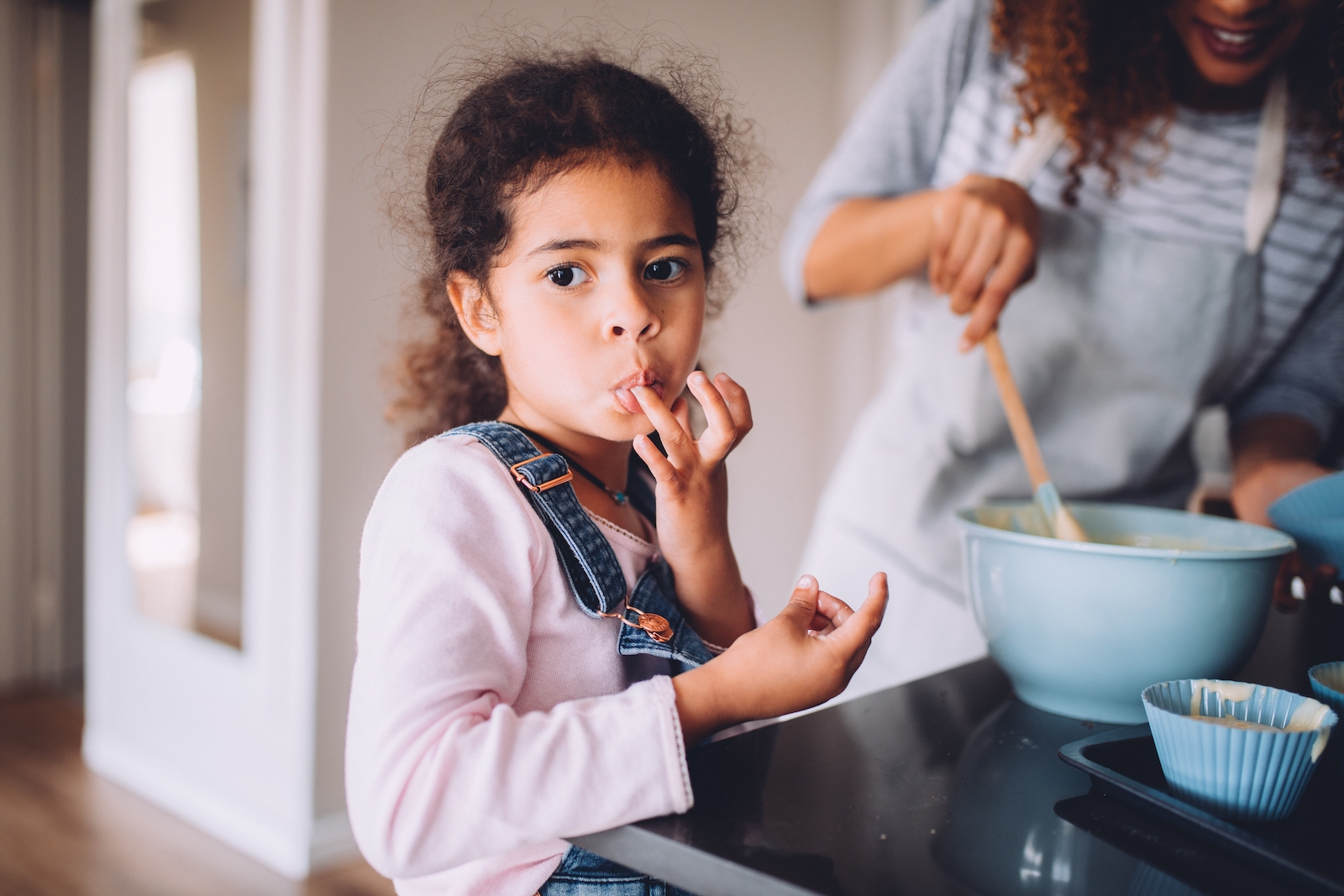
Trust Me, Homeschooling and Quarantine Schooling Are Not the Same Thing
These past few weeks, I have been working from home while supervising my children, ages ten and twelve, as they work on the packets we downloaded from their school’s website. Back when my son was six years old, I homeschooled my son for a year. While that gave me a head start on adapting to pandemic parenting, I quickly learned that homeschooling is not the same as stay-at-home schooling.
When we look back on these days and weeks at home, I want to know that we helped keep our community safe, that we bonded as a family, and that my kids made some academic progress—not just in checking off the boxes, but towards figuring out who they want to be. Compared to my past experience with homeschooling, reaching those goals during a pandemic will need a different toolkit.
Homeschoolers Who Are Never Home
Before the pandemic, I had built a following on social media for being among the first to visit and post about cool new things for families needed to know—museum exhibit openings, new playgrounds and cafes. Those habits took hold when I was homeschooling my young son. The truth is that many homeschoolers are not actually home all that much. My son and I went on a field trip almost every day: storytime and a craft at the art museum, a science demonstration at the children’s museum, a reenactment at a historical site. In addition to gaining knowledge, we got fresh air, exercise, and a sense of being on an adventure.
Our favorite places to visit are now closed. They try to fill the gap with livestreams and virtual tours, but it’s not the same. My son is on the autism spectrum, and during our homeschool year, I wanted him to learn social skills and how to navigate the world—busy streets, crowded festivals, changes in plans. Under the stay-at-home order, my son’s options for socialization are limited: virtual office hours with his teachers, and talking to friends while playing Minecraft. When we can gather again and venture outside, my son will need to re-learn some skills.
Your Kitchen Table Is Not a Simulated Classroom
For both homeschooling and stay-at-home schooling, caregivers need to let go of their expectations about what traditional classroom schooling looks like. The whiteboards, the desks, the minute-by-minute schedule – you can let go of all of those things and still successfully teach your kids at home. You may even be better off.
The long-term homeschoolers spend a significant amount of time researching the curriculum and materials their kids will use. My son and I fell into homeschooling, and it was meant to be temporary, but we were thoughtful about teaching math. I hoped to enroll my son in a soon-to-open charter school, so I found textbooks and workbooks from the same publisher. During my daughter’s mornings at preschool, my son and I sat in the church’s theological library to do math lessons. Whenever my son got frustrated, we would march in circles around the library to walk it off.
For stay-at-home school, the charter school leaders and teachers are carrying the load of selecting curriculum and preparing lessons. My kids appreciate the continuity: My daughter was delighted to watch a 20-minute video of her music teacher playing piano and telling Dad jokes. Sometimes I miss the freedom of homeschooling, especially the opportunity to select books for literature. Then again, I am thankful for ready-made math lessons, because re-learning algebra to teach it to my son would be a heavy lift.
Math Is a Double Batch of Brownies
Stay-at-home schooling is focusing caregivers’ attention on education in new ways. Beyond the setting or the materials we use, I find myself asking a lot of why questions. What kind of thinkers do I want them to be? How do I hope they live their lives as adults?
The whiteboard calendar is wiped clean of activities, and we are cooking and eating all our meals at home. This slow time is an opportunity to get my kids involved with cooking. My son slices his own apples with an eight-inch chef’s knife, and my daughter boils water to fix her own mac and cheese. On the agenda: using fractions for halving and doubling recipes. I see them someday cooking for themselves and their families in their own kitchens.
Remote learning requires a new set of tech skills, beyond smashing buttons on game controllers and surfing YouTube. Pop open my kids’ hand-me-down laptops, and you’ll see the browsers now have bookmarks for Google Classroom and Zoom office hours with each teacher. My kids are writing and answering emails—not just text messages—and scanning and uploading documents to the cloud.
We talk about the news at the dinner table. Sometimes it’s scary. I want them to know what’s going on, and give them a time and place to air their concerns. They understand why we need to stay home for now to keep our community safe.
Stay-at-home school and homeschool are different in some ways, but the long term goal is the same. I want my kids to keep making academic progress, but also to grow in independence, and find themselves as people who care about our family and our community.




